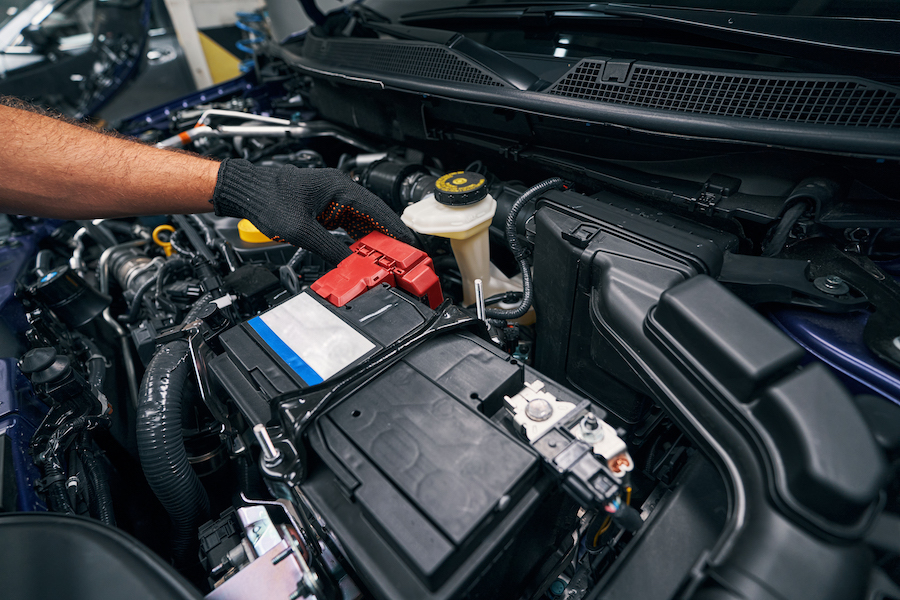
Ever looked at that old car, or maybe one of those junk cars gathering dust in your driveway, and thought, “What’s lurking inside?” If you guessed harmful fluids, you’re spot on!
Like the milk in your fridge goes sour, car fluids can degrade over time.
Whether it’s an old cherished vehicle or one of those junk cars you’ve meant to deal with, it’s essential to know what’s happening beneath the hood.
Why Old Cars Might Have Harmful Fluids
So, why are we even talking about old cars and dangerous liquids?
Understanding the Risks
It’s not just about the vehicle’s age. With time, the chemicals in various car fluids can break down, becoming less effective and potentially harmful. Have you ever heard the saying, “Everything that goes up must come down?”
Well, think of it this way: every fluid that goes into a car might one day need to come out, especially if it turns rogue.
The Role of Aging in Fluid Breakdown
Imagine a fresh loaf of bread. In a few days, it’s stale; give it a week, and it might be moldy. Car fluids, especially in older models, follow a similar trajectory.
They might not grow mold, but they can corrode, leak, and damage essential car parts.
Types of Harmful Fluids to Watch Out For
Let’s get down to the nitty-gritty. What are these harmful culprits we keep mentioning?
Oil and Coolants
Remember the golden, smooth texture of fresh engine oil? Old oil can become gritty and sludgy. And coolants? When they age, they can become acidic. You wouldn’t drink sour milk, so why let your car ‘drink’ sour coolant?
Transmission Fluid
It’s supposed to be a pretty reddish pink. When it turns brown or even black, it’s past its prime. Trust me, it’s like swapping a juicy steak for a charred one. Not appetizing.
Brake Fluid
This one’s a silent assassin. When exposed to moisture, brake fluid can degrade. And a compromised brake system? We don’t even want to go there.
Battery Acid
Old batteries can leak acid, which is corrosive. It’s like letting soda fizz over; only this one can burn holes!
Steps to Safely Remove Fluids
Alright, enough about the boogeyman fluids. Let’s talk action.
Safety First: Wearing the Right Gear
Before you start, suit up! Get those gloves on, wear safety glasses, and ensure you’re in a well-ventilated space. Why take a risk when prevention is just a pair of gloves away?
Draining the Fluids: A Step-by-Step Guide
Oil:
Place a drain pan under the oil pan, remove the plug, and let it drain.
Coolant:
Position a bucket under the radiator, and open the drain valve.
Transmission Fluid:
This might need a pump. And remember to change the filter too.
Brake Fluid:
Use a hand pump from the master cylinder.
Safe Disposal: Keeping the Environment in Mind
Here’s the deal: don’t dump them down the drain. Many auto shops and localities offer disposal services. Think of it as giving your harmful fluids a proper send-off.
Tips for Efficient Removal
It’s time for some pro tips to wrap things up.
Tools of the Trade: What You Need
Invest in good-quality drain pans, funnels, pumps, and containers. Remember, a craftsman is only as good as his tools.
The Importance of Timing
Routine checks are your friend. If you’re proactive, you might catch these fluids before they turn harmful.
Whether you choose to restore or junk your car, it’s essential to handle those fluids properly.
Conclusion
Old cars are treasures, hiding memories of trips, late-night drives, and perhaps a few harmless pranks. But alongside those memories, they might also hide harmful fluids.
With this guide, you’re all set to treat your old ride, or even that car you’re considering junk, with the care it deserves.
Interesting Related Article: “Buying a used car: Steps to take before and after“
